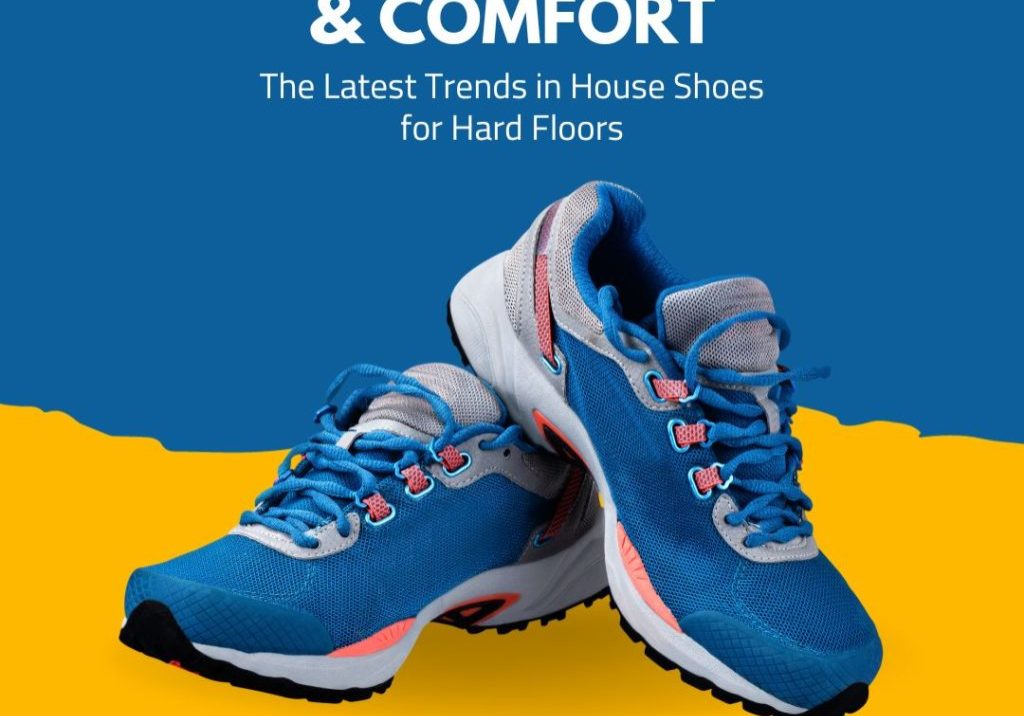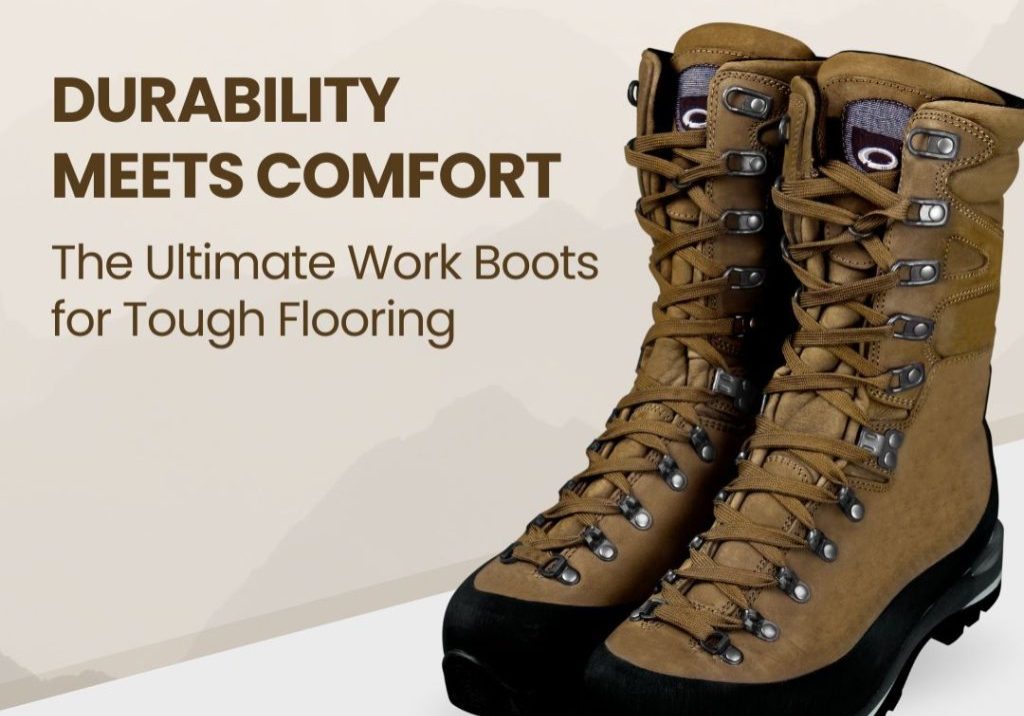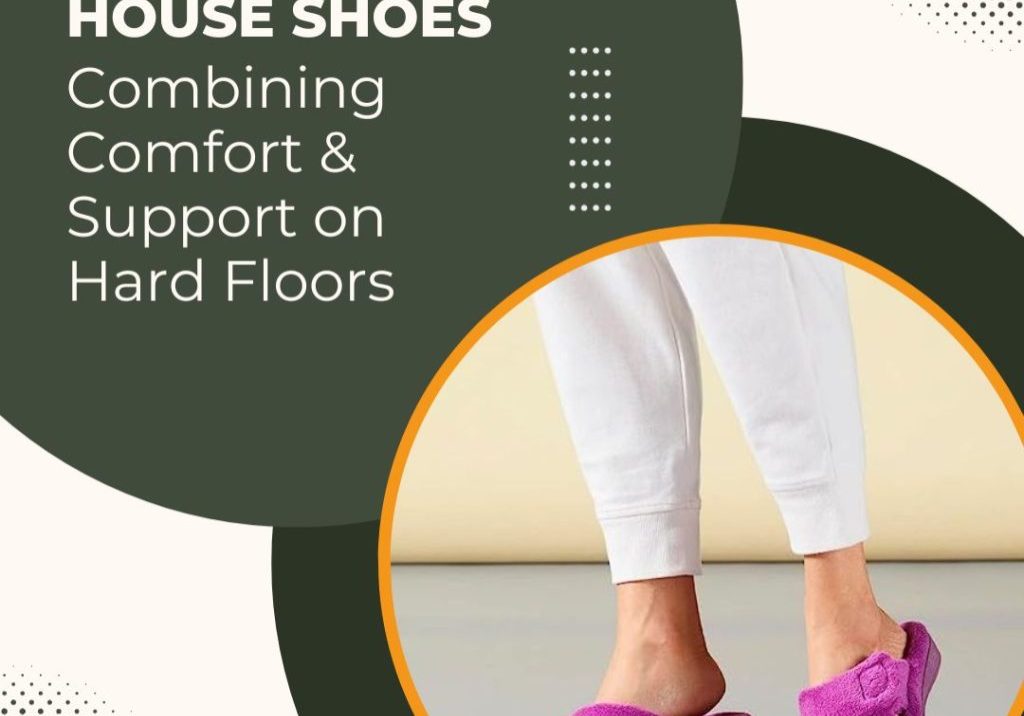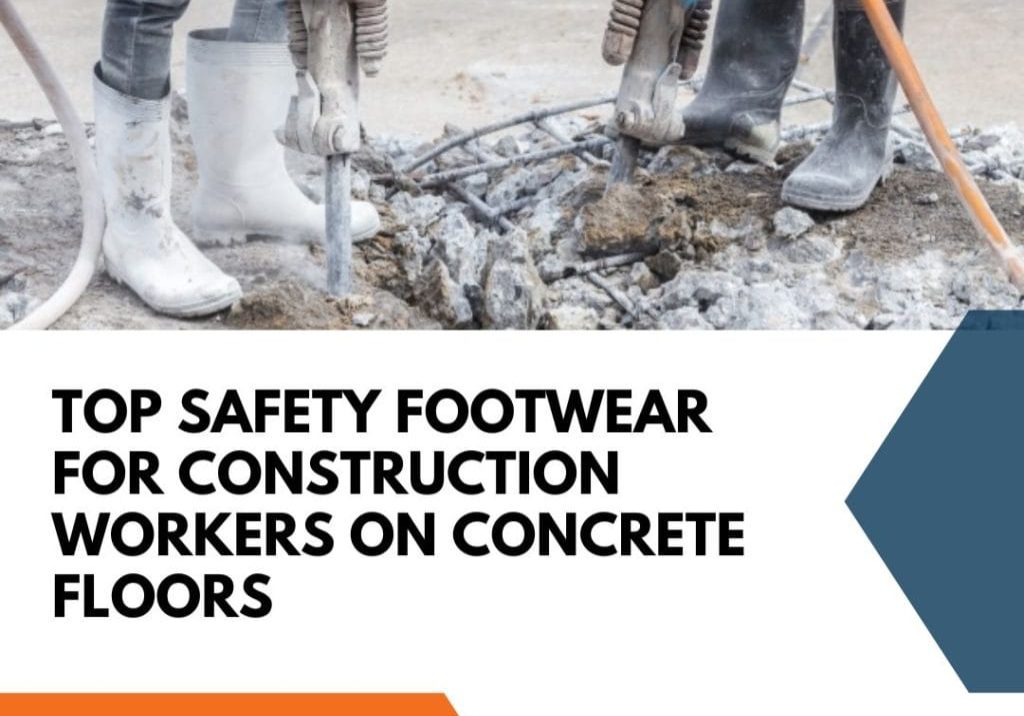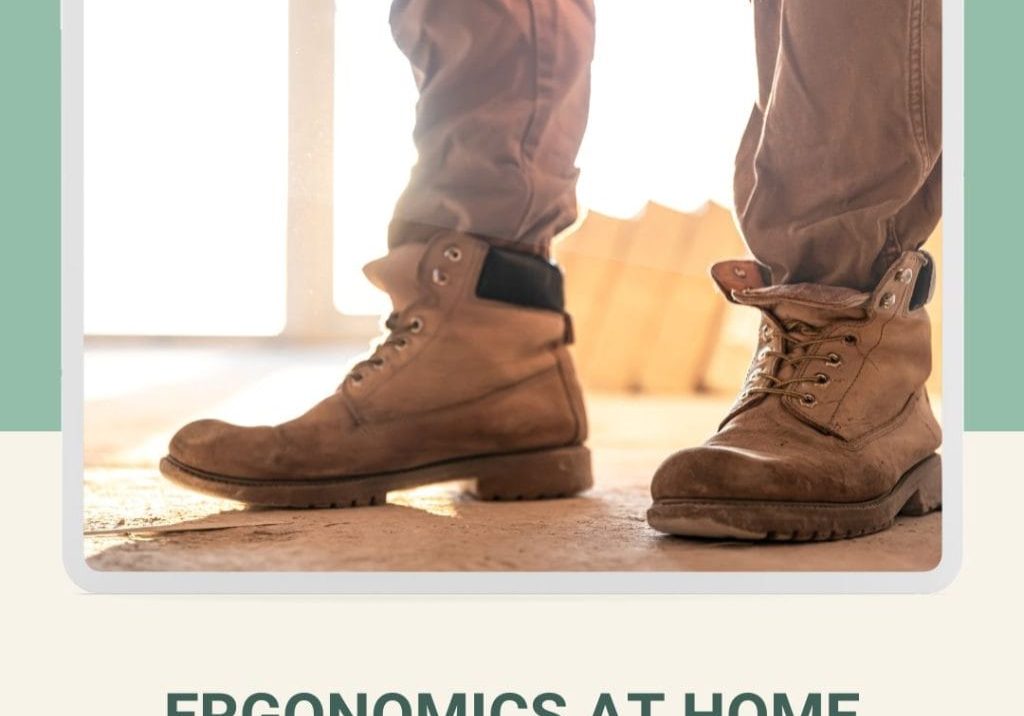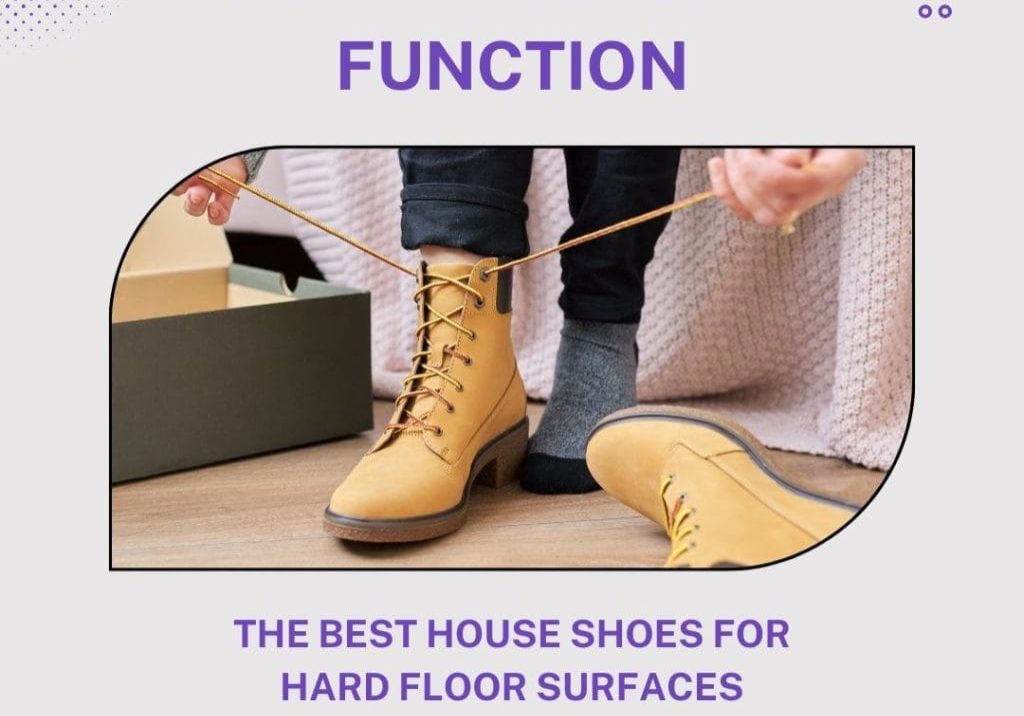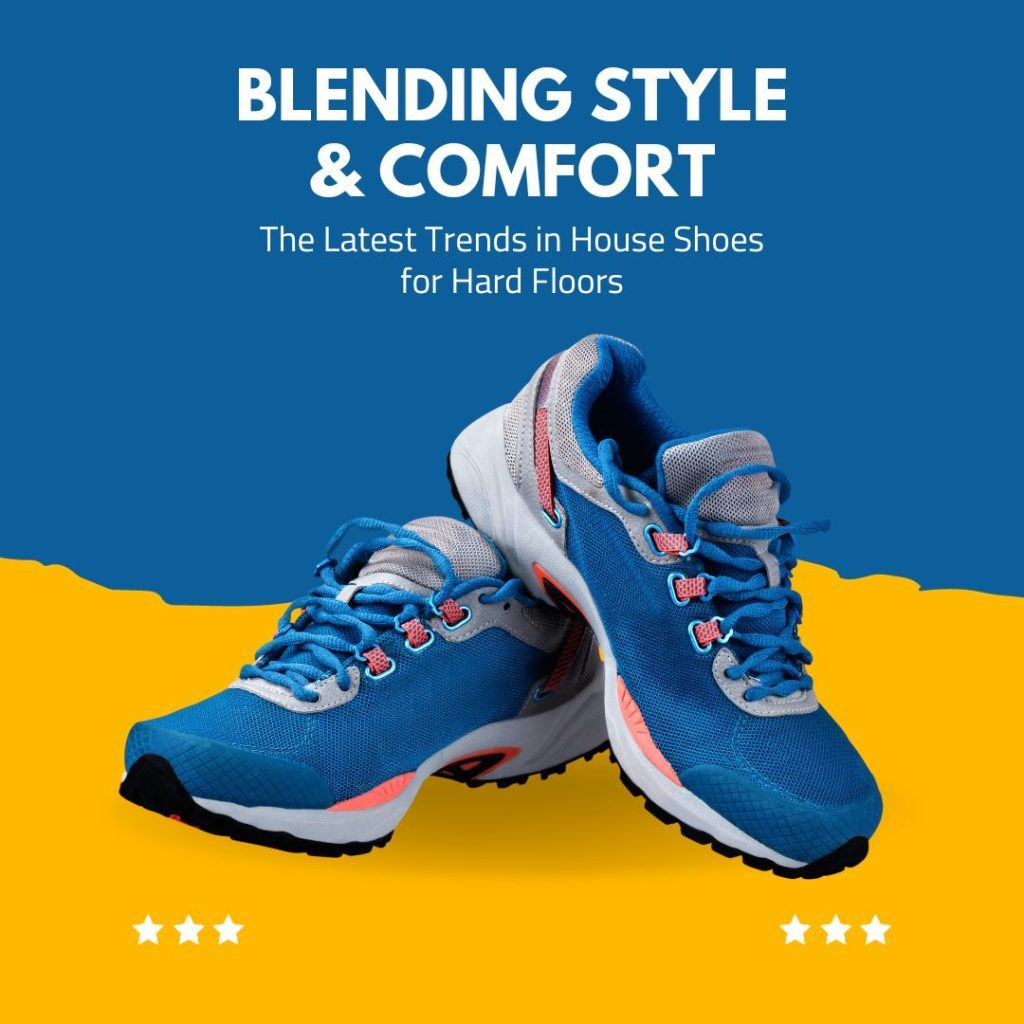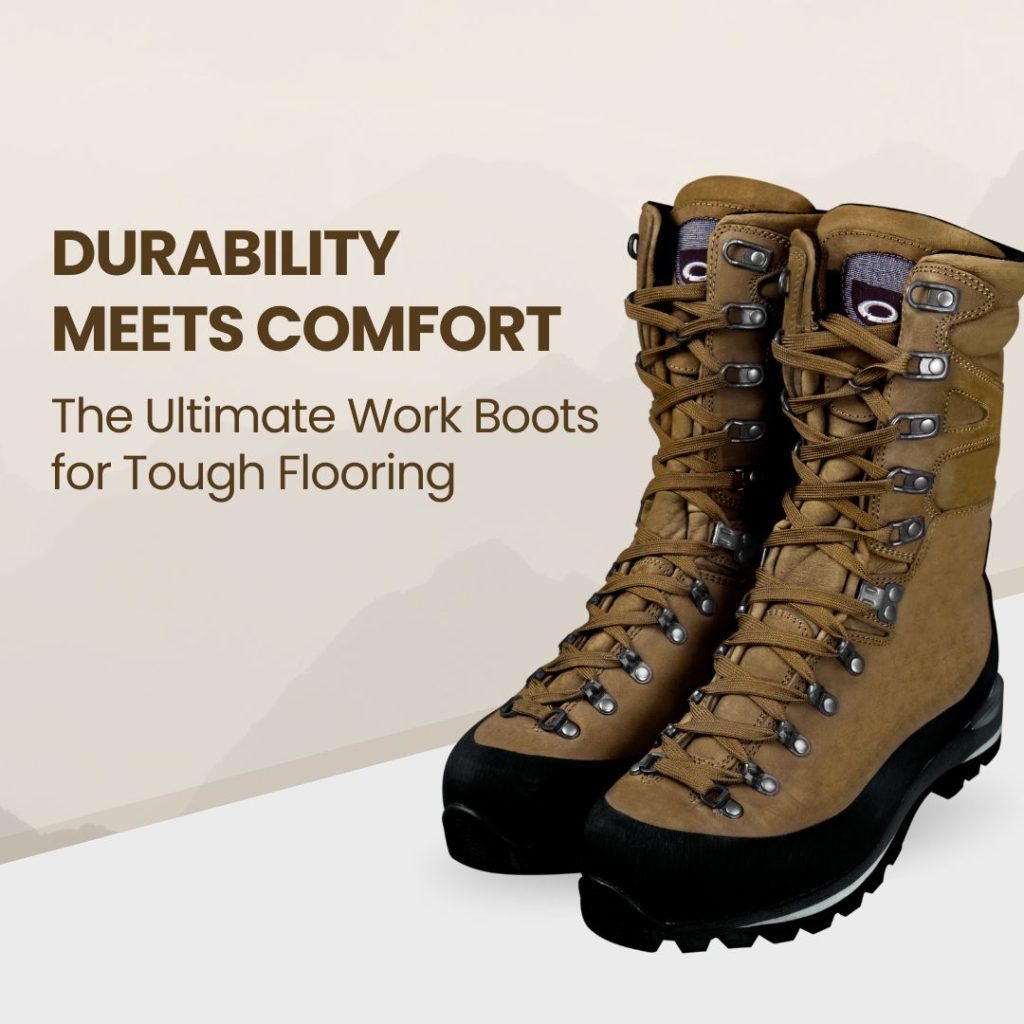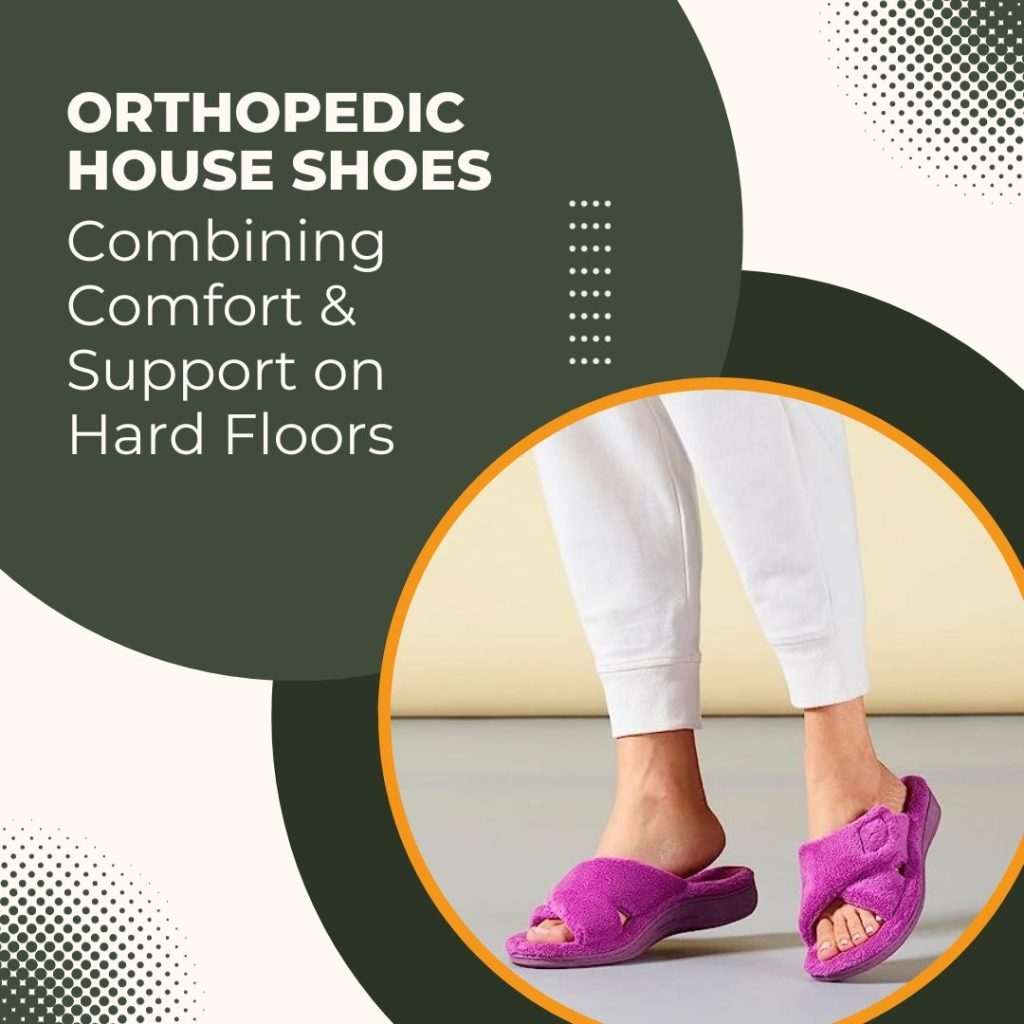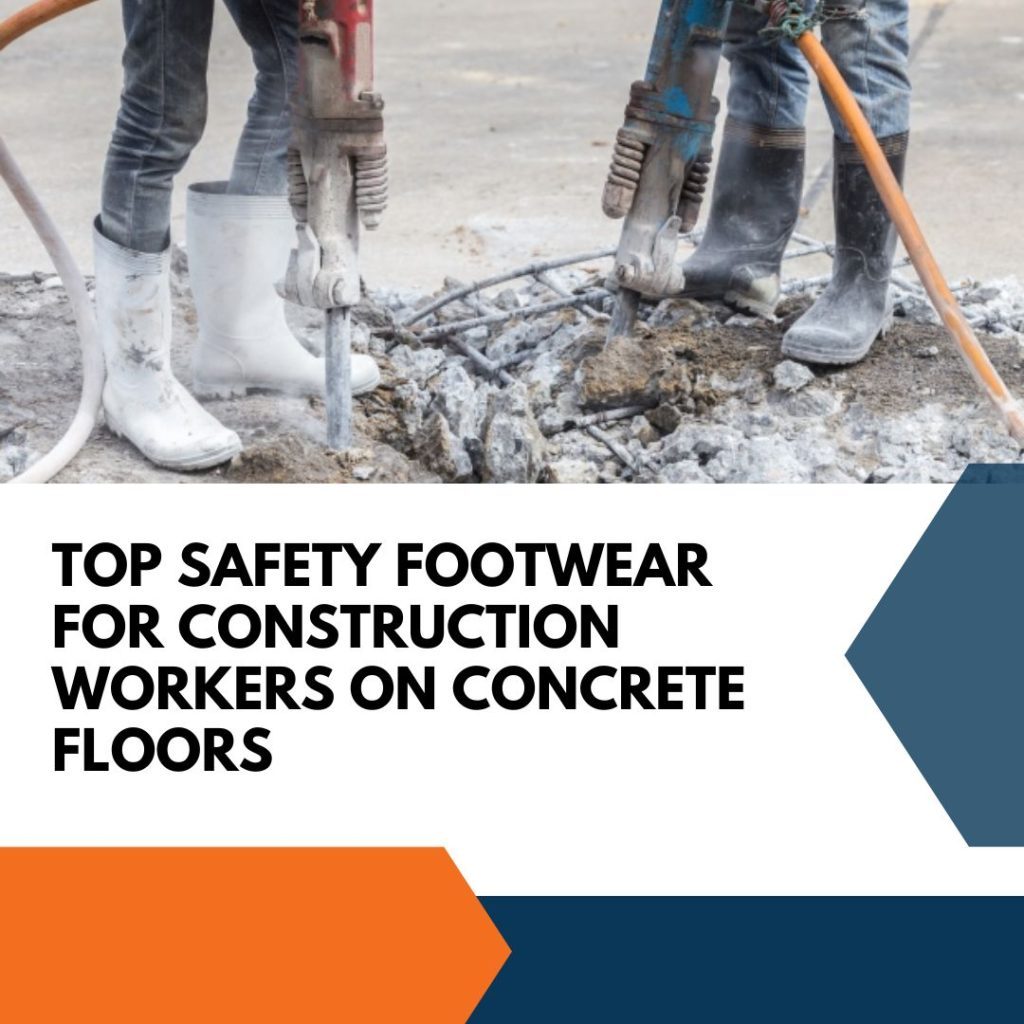Experiencing tired and achy feet after a strenuous day of work is undoubtedly one of the most unpleasant sensations. What’s even worse is encountering foot pain due to inadequate protection on the job. This emphasizes the crucial importance of having appropriate work footwear. If you find the task of selecting the perfect pair overwhelming, fear not – that’s where we step in. This guide is designed to lead you through the various components, features, and considerations to help you identify the style that best suits your occupational requirements. While you may never know what challenges your shift may present, you can rest assured that your boots are equipped to handle them.
What to Look for in Work Boots for Hard Surfaces
When working on hard surfaces, it’s critical to have work boots that provide maximum comfort and support. Here are some key aspects to consider when searching for the perfect pair:
Toe Type
When choosing work boots, identifying the appropriate toe type is a critical consideration. Impact injuries pose a significant risk, and having the right footwear is essential for protection. Given the various safety toe types on the market, it’s crucial to assess the advantages and disadvantages before making a decision on the boots that will serve as your foot guardians. There are numerous trade-offs to contemplate; opting for a higher level of protection may come at the expense of dexterity and comfort.
Components
Upper
The upper of a shoe encompasses the part that envelops your foot, sometimes extending up to the ankle or calf. The durability, stability, and appearance of the boot are all directly influenced by the material used in the upper.
Full-grain leather:
Not all leather is of the same quality. Various types of leather exist, differing in quality levels. When seeking a robust pair of leather boots, prioritize those labeled as full-grain. Full-grain leather is regarded as the highest quality because it retains the entire grain without any removal. Instead of succumbing to wear-and-tear, it develops an attractive sheen. It is durable, aesthetically pleasing, and ages exceptionally well.
Split-grain/suede leather:
Another excellent choice is split-grain leather. Crafted from the flesh-facing portion of a cattle hide, it is thinner and softer than full-grain leather. While not waterproof or as supportive as full-grain leather, it is lightweight and more breathable. It is often combined with nylon or mesh to reduce the overall weight of a work boot or shoe.
Nubuck leather:
Derived from the outer portion of a hide, nubuck leather is akin to full-grain leather but is buffed to resemble suede. It provides the fuzzy appearance and feel of suede that many find aesthetically pleasing without compromising much on durability. Supportive, water-resistant, and abrasion-resistant, it is an excellent choice for those seeking rugged work boots with a stylish appearance and flexible feel.
Genuine leather:
In the realm of leather, quality corresponds to price. Genuine leather is more affordable than other options but is considered one of the lower grades of leather. Items made of genuine leather consist of animal leather (as opposed to synthetic leather) and are often produced from leather scraps or remnants.
Synthetics:
While synthetic materials may not match leather in durability, they offer the significant advantage of being lightweight. Materials such as nylon and polyester are renowned for the comfort and breathability they bring to work footwear. Synthetic work boots are generally lightweight, easy to break in, and allow for quick movement. If your job prioritizes agility over durability, footwear crafted from synthetic fabric is a suitable choice.
Midsole
The midsole, situated between the outsole and the upper, plays a significant role in determining comfort. Explore the common midsole materials below to discover the ideal underfoot fit.
Ethylene Vinyl Acetate (EVA):
EVA stands out as one of the most prevalent midsole materials in work boots. Known for its comfort and resistance to compression, EVA aids in alleviating foot pain. While it may break down and lose its shape over time, this can be remedied with an aftermarket insole.
Polyurethane (PU):
Polyurethane possesses greater density and weight compared to EVA. Consequently, it retains its shape over a more extended period. PU midsoles are often more expensive than their EVA counterparts, making them a suitable choice for preventing wear and tear in your boots.
Shanks:
Shanks are plates, typically crafted from metal, that are embedded into the midsole of a boot. They provide puncture resistance, along with enhancing balance and stability. Consider work boots with steel shanks for added durability.
Outsole
The outsole is the segment of your footwear that directly interfaces with the ground. The outsole type of your boot serves to shield you from potential hazards, including puncture wounds, and provides the necessary traction and stability on uneven or slippery surfaces.
Rubber:
Rubber stands out as a prevalent material for outsoles. Offering a combination of grip, flexibility, and suitability for tasks involving electrical hazards, rubber outsoles maintain their structure and deliver exceptional traction on uneven terrain. Vibram, a well-known outsole type, produces a proprietary rubber blend with a resilient foam, featured in top work boot styles across various renowned brands.
Lug/Tread Patterns:
Lugs refer to the grooves and indentations on the underside of outsoles. The tread pattern of your footwear significantly influences performance. Large, wide lugs contribute to stability and durability, while small lugs are effective for shedding mud and debris during outdoor work.
Slip Resistance:
In occupations requiring physical labor, such as those in restaurants, automotive repair, and construction, slip-resistant footwear plays a crucial role in preventing workplace accidents. Outsoles designed for slip resistance undergo testing for adhesion and resilience. Seek out this safety feature to ensure stability and sure-footedness.
Features
Electrical Hazard Safe Work Boots
Engaging in tasks involving live wires poses inherent dangers, and the outcome can be unpredictable. Work boots designed for electrical hazard safety are crafted to insulate your feet, providing an additional layer of protection against electrical injuries. When searching for such boots, pay attention to the EH acronym, denoting compliance with the ASTM safety rating. EH-rated footwear is capable of safeguarding the wearer from electrical hazards of up to 600 volts in dry environments.
Water-Resistant Work Boots
Boots labeled as water-resistant, or water-repellant, possess either a coating or a natural capacity to divert moisture from the surface instead of absorbing it. It’s important to note that while they deter water, these boots may not entirely prevent water ingress, especially if the boot is fully submerged.
Waterproof Work Boots
When it comes to ensuring your comfort during outdoor work, waterproof boots are an essential feature. Distinct from water-resistant footwear, which simply repels water from the shoe’s surface, boots designated as waterproof go a step further by preventing water from entering the interior while allowing sweat and moisture to escape.
GORE-TEX Work Boots
Waterproof boots are often associated with GORE-TEX, although it’s not the sole waterproofing technology in existence. GORE-TEX technology typically involves an internal membrane designed to prevent water infiltration. However, its effectiveness is limited to the area covered by the membrane, usually stopping before reaching the ankle. Additionally, the membrane may contribute to a warm and stuffy environment inside the boot.
Insulated Work Boots
Cold worksite? It’s challenging to stay focused on the task when your feet are freezing. That’s where this feature becomes invaluable. Insulated boots typically feature a lining with Thinsulate, a synthetic fiber designed to block cold air and keep feet warm. Thinsulate is measured in grams, ranging from 200G to 1000G. The higher the number, the more insulation the boot provides. So, which level is suitable for you?
- 200 grams: Recommended for cool conditions or high levels of activity. Ideal for extended work during cooler summer nights.
- 400 grams: Recommended for cold conditions or moderate activity levels. Perfect for outdoor work in the fall.
- 600 grams: Recommended for very cold conditions. Great for keeping feet warm once the first snow falls.
- 800 grams: Recommended for extremely cold conditions with light activity levels. Ideal for wintery job conditions.
- 1,000 grams: Recommended for extremely cold conditions with light to minimal activity. Excellent for navigating through snow and ice.
Heat Resistant Work Boots
Heat-resistant work boots are crucial in jobs where protection is paramount. These safety-rated boots are designed to endure high temperatures while effectively insulating your feet from potential hazards. This feature is particularly beneficial for professionals such as roofers, welders, and construction workers who often encounter perilous heat levels. When you spot the heat-resistant label, you can be confident that the boots have undergone testing to ensure performance on high-heat surfaces.
Fit Tips
- Always try on work boots before purchasing them, as sizing can vary between brands and styles.
- Make sure the boot fits snugly around the heel and midfoot for stability, but allows enough room for your toes to move freely.
- Consider trying on boots with different types of socks to find the best fit for you.
- For maximum comfort, make sure there is enough cushioning and support in the sole of the boot.
- Pay attention to any discomfort or pressure points while trying on boots, as this could indicate an improper fit.
- Consider purchasing a half size larger if you plan on wearing thicker socks for colder weather or adding insoles for extra cushioning.
- If ordering online, check the return policy to ensure you can exchange the boots if they do not fit properly.
- Remember to regularly check the fit of your work boots, as feet can change size and shape over time.
Conclusion
Choosing the right work boot for your job is crucial for both performance and safety. Consider the specific features that are important for your occupation, such as electrical hazard protection or heat resistance. Pay attention to fit and comfort, and don’t be afraid to try on various sizes and styles to find the perfect fit. With these tips in mind, you’ll be well on your way to finding the best work boots for your needs. So, next time you head to work or start a new project, make sure you have the right footwear to keep your feet safe and comfortable all day long. Remember, your feet are the foundation of your work, so choose wisely and work confidently with the best boots for your job.

